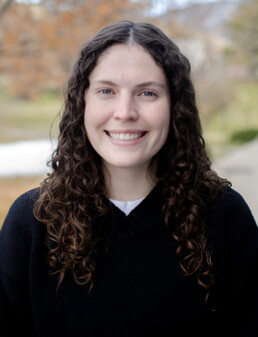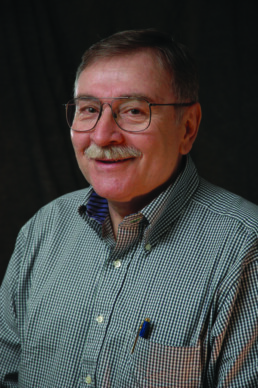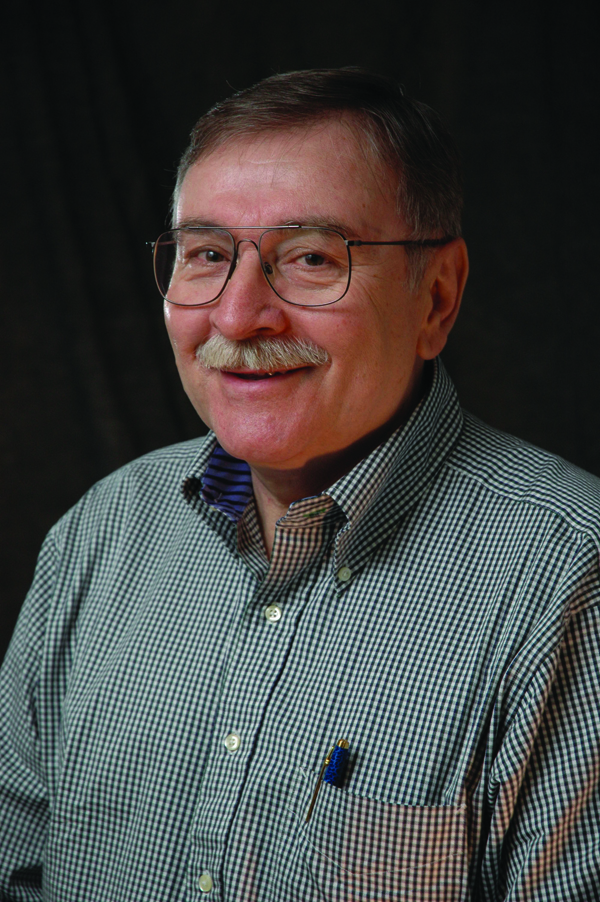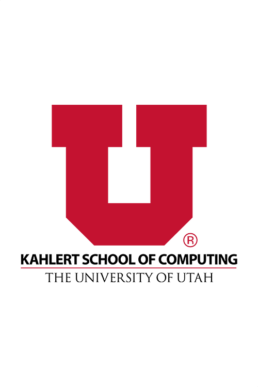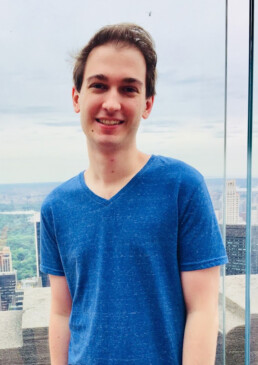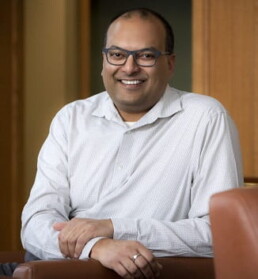Shiva Bahamin
Shiva Bahamin
Academic Advisor
ugrad-help@cs.utah.edu
801.581.8224
Undergraduate students
Remembering Frank Stenger
Frank Stenger, a Kahlert School of Computing emeritus faculty member, passed away on October 23, 2024. Frank joined the Department of Computer Science at Utah in 1989 and retired from the School of Computing in 2008.
Frank spent 20 years teaching and conducting research in the School of Computing, prior to joining the School he spent 20 years as a professor in the Department of Mathematics here at the University of Utah. He received an undergraduate degree in engineering at the University of Alberta (Engineering--Physics, with emphasis on Electrical Engineering), continuing at the University of Alberta he received Masters degrees in Electrical Engineering (Servomechanisms) and in Mathematics (Numerical Analysis), and a Ph.D. in Mathematics (Computational Asymptotics).
During his lifelong career, he produced a large body of original research in the development of algorithms, in areas “less traveled on” by other researchers, such as computational approximation, solution of nonlinear equations, Sinc methods; these yield novel methods for solving partial differential and integral equations. He also developed algorithms for non-destructive viewing of a part of a human being, and for determining whether the vote count at a voting center is fraudulent. He was an extremely productive scholar, publishing more than 200 papers and multiple books. Frank also lectured in over 20 different countries.
Frank was born in Hungary, and after WWII, he lived in East Germany, then in West Germany, then in Canada, finally landing in the United States after completion of his course studies.
There will be a celebration of Frank’s life on November 23, 2024.
Kahlert Researchers Join ARPA-H Project to Develop Fully Automated Surgical Robot
Kahlert Researchers Join ARPA-H Project to Develop Fully Automated Surgical Robot
Roy Rohan Basu
Rohan Basu Roy
Assistant Professor
Research Interests
High Performance Computing, Cloud Computing, Computing Sustainability
Marino Kenneth
Kenneth Marino
Assistant Professor
Research Interests
Computer Vision, Natural Language Processing
Patwari Neal
Neal Patwari
Professor
MEB 2126
Website | Google Scholar
Research Interests
Statistical Signal Processing and Wireless Networks
Alsaleem Ahmad
Ahmad Alsaleem
Assistant Professor, Lecturer
ahmad.alsaleem@utah.edu
MEB 3118
Website | Google Scholar
Research Interests
Human-Computer Interaction


